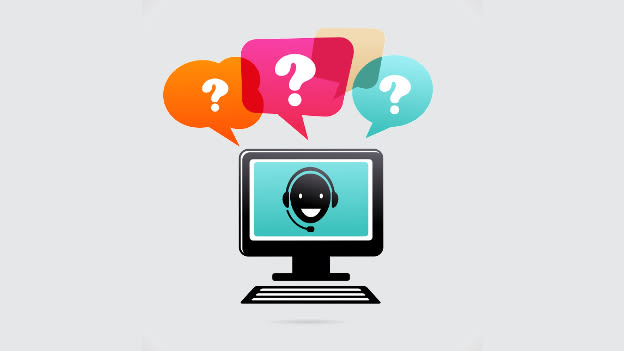Investing in customer foolishness

A man climbed over two fences and ‘fell’ into a tiger’s enclosure. Bystanders yelled. Multi-lingual warning signs stood helpless. The zoo guard shouted warnings, repeatedly; blew his whistle, loudly, incessantly; and threw his lathi, with all his might. The tiger, like any big cat at the top of the food chain, did the needful. My condolences to the man’s family…
In the debates that followed, on television and at a café I frequent, armchair experts talked loudly about pinning the blame! The guard – he only had a whistle! The zoo – they should’ve kept tranquilizer guns handy? The tiger – vicious animal! Even rule-abiding visitors weren’t spared. Those wretches were busy filming the gory incident instead of doing something. Heck! The zoo should’ve invested in their guard! He should have been kitted out with, and trained to use, a sophisticated tranquilizer gun – not a whistle! Now that’s one Job Description I’d like to see!
A café that writes: ‘Caution – hot beverage’ on a cup of hot coffee. Because some customer ordered it, saying: Steaming hot, please. Then promptly gulped it down. A steaming hot beverage, by nature, is guaranteed to scald a gulper’s mouth, causing pain, trauma and inconvenience. Yet the warning has to be written in several languages, plus, an icon – or else…
Apple’s new iPhone 6 is slim and slick and is packed with features. But here’s the ‘problem’. The phone gets bent! Y’see, some creative folks left it in their back pockets while sitting down! Does Apple care? Of course it does. Would they start putting warnings on the shiny aluminum body? Unlikely! Would doing so insult the intelligence of the bulk of their customers by doing so? Without a doubt!
This is not about tigers – or coffee or phones. This is about how rank foolishness forces organizations to take expensive legal and moral protection. Then re-tool and train their people to handle the obvious!
Training people to make and sell products, deliver disclaimers, then retain customers is expensive, extensive and never really ends. Loads of management time and money goes into deciding what the appropriate level of training should be. Who should be trained, by whom and when? Just as this gets done, Mr. Pudding-head does something stupid, and sues for compensation!
There are four fundamental customer segments that training needs to be directed towards:
The right customer: Every company wants them. Customers who buy the product, pay in full, use it the way it should be used, and then return for more. For most organizations the bulk of their customers sit in this category. A sizable training portfolio needs to be focused here. To nurture and grow this segment.
The customer who genuinely needs service: They’ve used your product correctly but it’s your mistake. A wider portfolio of training needs to be directed here. To protect the brand promise first, then to transform the irate customer into a satisfied one. No full-stops on this one and there is no such thing as over-servicing this group!
The customer who is wrong: With due respect to Harry Gordon Selfridge. The customer who expects compensation for some minor, even uncontrollable, inconvenience, outside the buyer-seller contract, is wrong! The correct answer is ‘no’. And if they cannot understand either part of ‘no’, it may be cheaper to let them go to competition… Saying ‘no’ is an art worth training your people on!
The outright stupid customer: The Pudding-heads. Every organization has them. They’re creative, adventurous and have put your products through loops they were not manufactured to go through. Smile, empathize, sympathize – then share these stories for everyone’s entertainment!
Training your people and empowering them:
The differentiators: While some characteristics may be obvious, let your people decide which is which. First, training and value systems will kick in; thereafter it will be pure common sense. Have faith in your people!
When in doubt, put your people first: And the customer second. Your people will carry your business forward. The customer is likely to jump ship…tomorrow! Backing your people gives them confidence and pride. And enhances their engagement. Demonstrate faith in your people
Social Media is a rabble: Talk is cheap. And social media is full of it. There are enough hash-tags who deliver opinions and verdicts, only to add to the general noise. Some may have never experienced your product! Empower your people to sift the wheat from the pfaff!
Learning and Development investments should therefore focus on people. Making them better thinkers, situational analysts and informed decision-makers. For relevant customer groups. For their efforts and future glory, Messers Pudding-head and company should be nominated for the Darwin Awards!













